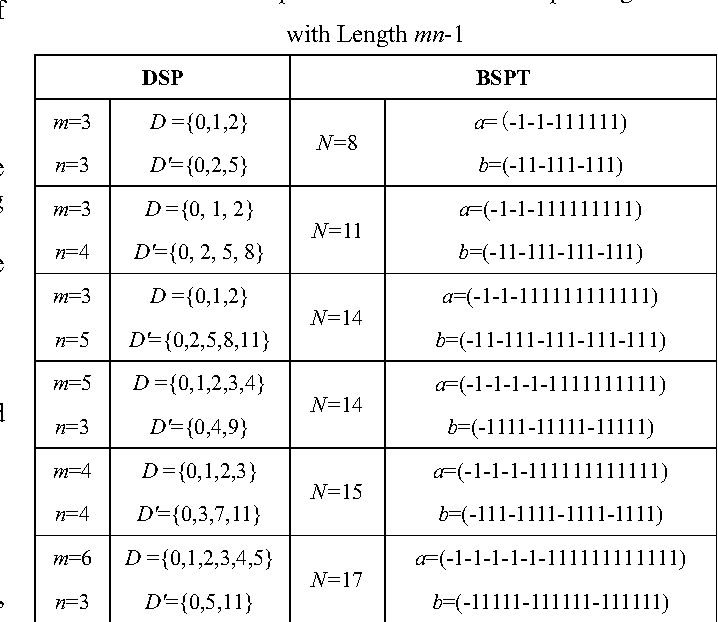

TypeError: Reduce of empty array with no initial value.Synta圎rror: redeclaration of formal parameter "x".Error: Permission denied to access property "x".RangeError: argument is not a valid code point.TypeError: can't delete non-configurable array element.TypeError: "x" is not a non-null object.RangeError: repeat count must be non-negative.Synta圎rror: missing ) after argument list.Synta圎rror: missing = in const declaration.Synta圎rror: missing } after property list.Synta圎rror: missing } after function body.Synta圎rror: missing : after property id.Synta圎rror: missing ] after element list.Synta圎rror: Malformed formal parameter.TypeError: invalid 'instanceof' operand 'x'.Synta圎rror: a declaration in the head of a for-of loop can't have an initializer.Synta圎rror: for-in loop head declarations may not have initializers.TypeError: invalid assignment to const "x".Synta圎rror: invalid assignment left-hand side.TypeError: cannot use 'in' operator to search for 'x' in 'y'.Synta圎rror: identifier starts immediately after numeric literal.Synta圎rror: Unexpected '#' used outside of class body.TypeError: setting getter-only property "x".Synta圎rror: test for equality (=) mistyped as assignment (=)?.Warning: String.x is deprecated use instead.Synta圎rror: Using to indicate sourceURL pragmas is deprecated.Synta圎rror: "0"-prefixed octal literals and octal escape seq.


Warning: -file- is being assigned a //# sourceMappingURL, but already has one.To construct the complete binary search tree, recursively set the range for each recursive call and return if the next element of the postorder traversal is out of the valid range. Suppose the root node has value x, recur for the right subtree with range (x, INFINITY) and recur for the left subtree with range [-INFINITY, x). Like the previous approach, construct BST’s root node from the last item in the postorder sequence. It means that the root node and any of its children can have keys ranging between -INFINITY and INFINITY. We start by setting the range as for the root node. The idea to pass the information regarding the valid range of keys for the current root node and its children in the recursion itself. We know that each node has a key that is greater than all keys present in its left subtree and less than the keys present in the right subtree in the BST. We can reduce the time complexity to O(n) by following a different approach that doesn’t involve searching for an index that separates the left and right subtree keys in a postorder sequence. The time complexity of the above solution is O(n 2), where n is the size of the BST, and requires space proportional to the tree’s height for the call stack. Inorder traversal of BST is 8 10 12 15 16 20 25 The algorithm can be implemented as follows in C, Java, and Python: Given a distinct sequence of keys representing the postorder traversal of a binary search tree, construct a BST from it.įor example, the following BST should be constructed for postorder traversal.


 0 kommentar(er)
0 kommentar(er)
